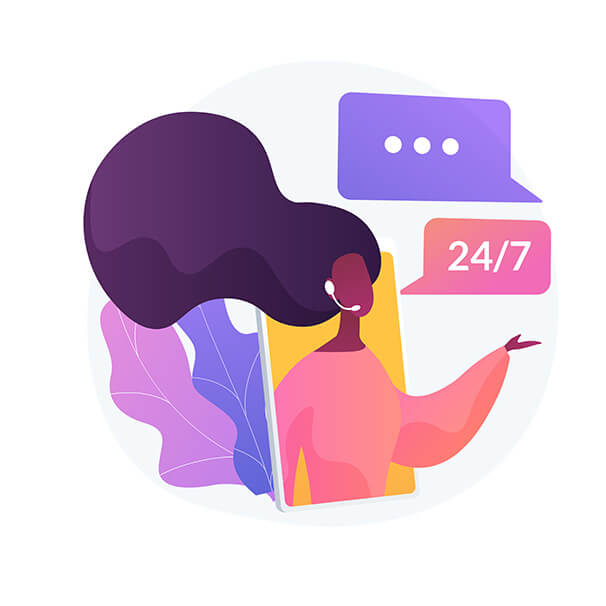Data Strategy

Data by itself is useless. Data is only useful if you apply it.
The people and organizations we work with all have a desire to change the world in a specific way, they have admirable missions designed to solve a complex problem. Let’s face it, data is everywhere, millions of data points are generated by your organization every minute, most of which goes to waste and the tiny amount that is captured is difficult to navigate. Even intentional data collection streams are often stored in a secondary system which goes unchecked until a report is required.
At Variable Scoop, we believe the missing link is an inability to utilize data for information to make a better decision, to understand a program or project and to communicate the programmatic impact with stakeholders and funders. We partner with our clients and their stakeholders to design culturally appropriate data collection tools, develop scalable systems that are tailored to our client's needs and communicate findings through data visualization.
In order to dismantle systems of injustice there is a need to ensure the data collected is accurate, reflect the community who provides the data and communicate the program or projects impact back to the community in a way that makes sense to them. In addition, the systems for data collection should be streamlined, to organize and analyze information efficiently.
Journey Mapping
Journey Mapping is a framework used to facilitate the selection and application of appropriate tools which best describe the client experience through metrics, the results of this process become the data collection tools. This framework has a dual purpose and is also used as part of logic model development and theory of change.
Asset Mapping
Asset Mapping is a systematic tool used to identify existing and potential assets with the organization and between stakeholders to promote co-learning between systems of power and to document the appreciating value of differing levels of expertise.
Data visualization
Data visualization, there is a difference between creating a graph and telling a story with data. We work with artist therapists and graphic designers to communicate findings in a manner that is both culturally appropriate and easily digestible for the program or project community and associated stakeholders.

Additional Services Include:
Listening sessions
Quantitative data analysis
Indicator development
Oral history
Group facilitation